This is the I.Q. Tree. For centuries it has lived on the edge of a precipice overlooking the Grand Canyon of the Yellowstone just a few feet away. It has been called many names over its lifetime. The tripod tree, even though it actually has four legs. The Crow who hunted this area called the tree ‘bii shiilik’*, which means “trap of souls” in their language, and as a society, that would be us, that was mesmerized by investigating the inner working of our minds it became the I.Q. Tree.
It is called the I.Q. tree because it is a test set up by Mother Nature as another way of assuring that the most intelligent of our species survived to breed and produce off-spring with even greater intelligence than the preceding one, thereby improving the human race.
It’s intriguing shape, with the four legs holding up the main trunk is a natural attraction drawing the curious in. That by itself wasn’t the test. The test was after those who had lesser intelligence than say, your average toaster, had tired of being in and under the tree, taking selfies, throwing stones over the edge, daring themselves or each other to go stand on the crumbly yet unstable edge of the precipice, where they would fall into the canyon, screaming as they fell for the 20 minutes or so that it took to reach the bottom, did so. Thereby failing the test. Those with a higher degree of intelligence, after seeing several people go over the edge would not go under the tree, or go stand on the treacherous edge of the canyon. They would pass the test and pass on their intelligent genes to their progeny.
This is the view those who failed the test saw as their final destination several miles below. One would think that you would first hit several or all of those rocky projections sticking up so precariously but as luck would have it there is usually a strong wind blowing through the canyon and it would carry you out far enough that you would normally land in the river or close to it.
As second prize Mother Nature provides several intriguing views for you to gaze on as you made your descent. Here is a nice view of the falls. Unfortunately it is hard to hear its roar due to the wind screaming past their ears but it was pretty anyway.
And they met some interesting folks on the way down. In fact this would be the last one they would meet due to their imminent arrival with the river’s surface or at least the bank next to it. This is Raven or as he will soon be known to the new arrival as KWEKWAXA’WE or the Sorter. He will convey your soul, depending in his estimation of how you comported yourself on the way down to its final destination. If he decides you were completely devoid of any redeeming qualities he would carry you that place where you might be returned to our life as a lesser being to learn humility. If he found that you were constructed of more admirable traits but simply of lesser intelligence, he would convey you to that place that returned you to our sphere as a higher being, like a Golden Retriever or a reoccurring sunset over the Tetons.
However, in our enlightened society the powers that be made the decision to cut down the I.Q. Tree as they deemed it too harsh a test of societies general intelligence, plus it was working KWEKWAXA’WE to death, what with people dropping out the sky constantly. They thought that by tying the I.Q test of the I.Q. Tree to the general level of education in our country, that it placed a huge segment of our society, the dumb ones, at an unfair advantage. It sort of permanently held them back, as it were. It also raised a cry of ” Save the Dumb Ones” and “Dumb Ain’t Bad” from the lefties. At first KWEKWAXA’WE was dismayed as it seemed he might be out of job but then he took a look at us and thought “If ever there was a group who will find a way to take the test , it is this one.” and he went back to taking a short break satisfied that his job was secure.
If you go to the Grand Canyon of the Yellowstone and go to the first lookout you will see that the tree is gone. There isn’t even a spot, or spots, where the roots entered the ground. So this is one of the last images you will see of it. However if you look closely you will see that they neglected to put up a guard rail to keep the curious from going over to that crumbly yet unstable edge and standing in the spot where so many have taken the test. So be careful if you go there. If you lean way out and look straight down you can see Raven lazily circling down there at the very bottom of the canyon, waiting, occasionally looking back up at you, wondering, will you pass the test.
* Note: bii shiilik is a Crow word meaning ‘Yellow Stone’ which became Yellowstone and as we all know if you have ever been there Yellowstone is a Trap of Souls, as once you have spent any time there your soul is trapped by it beauty.

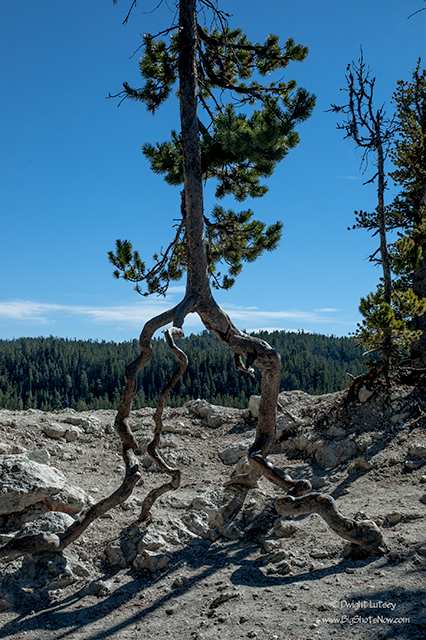
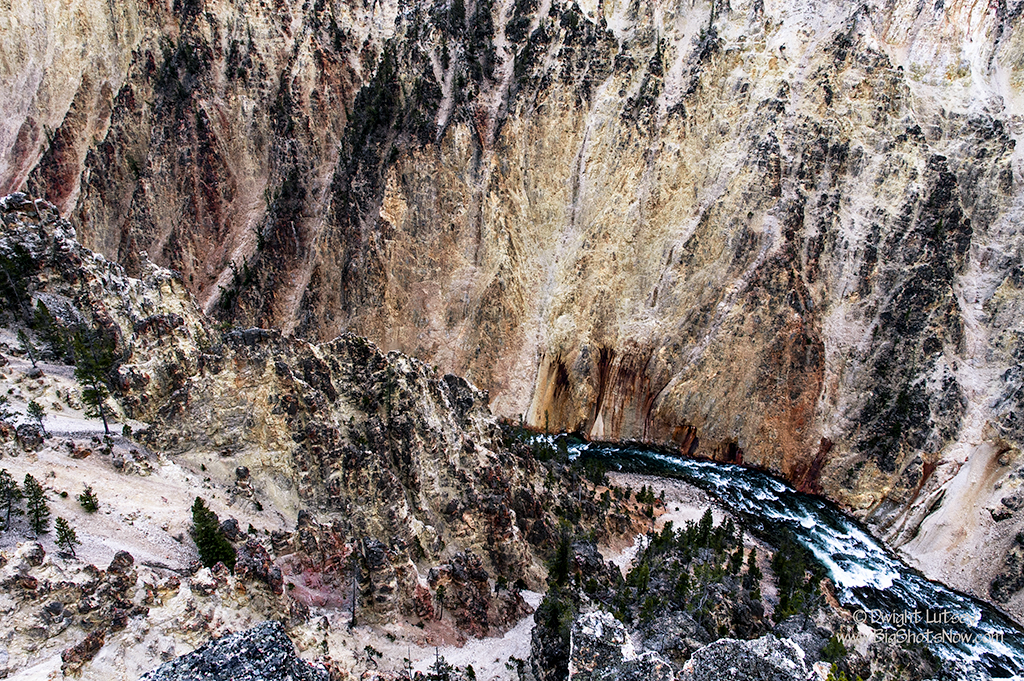
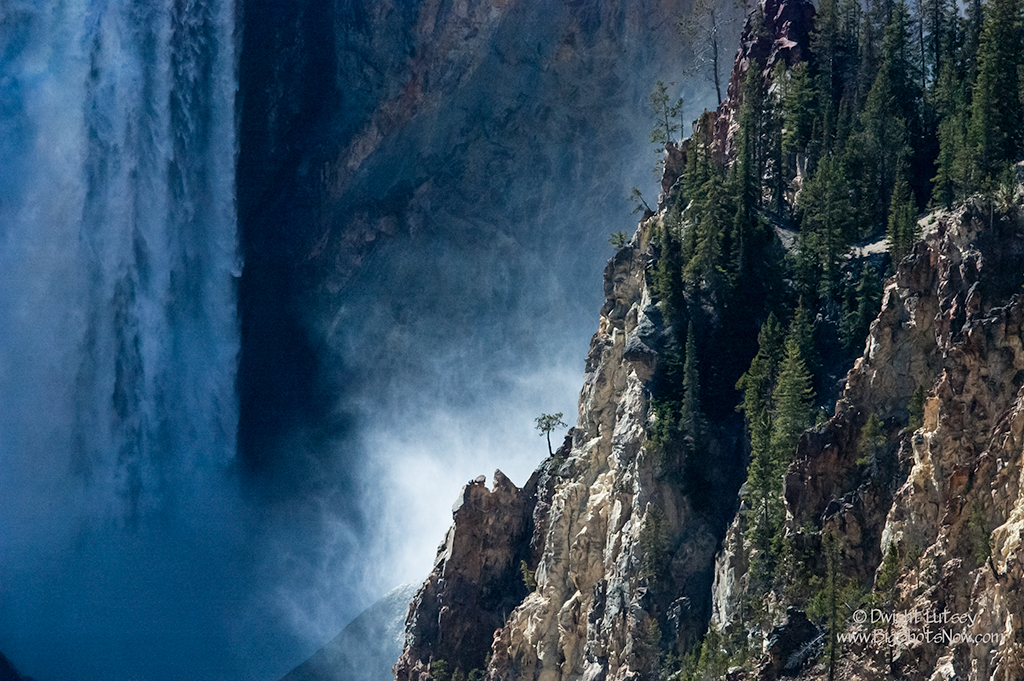
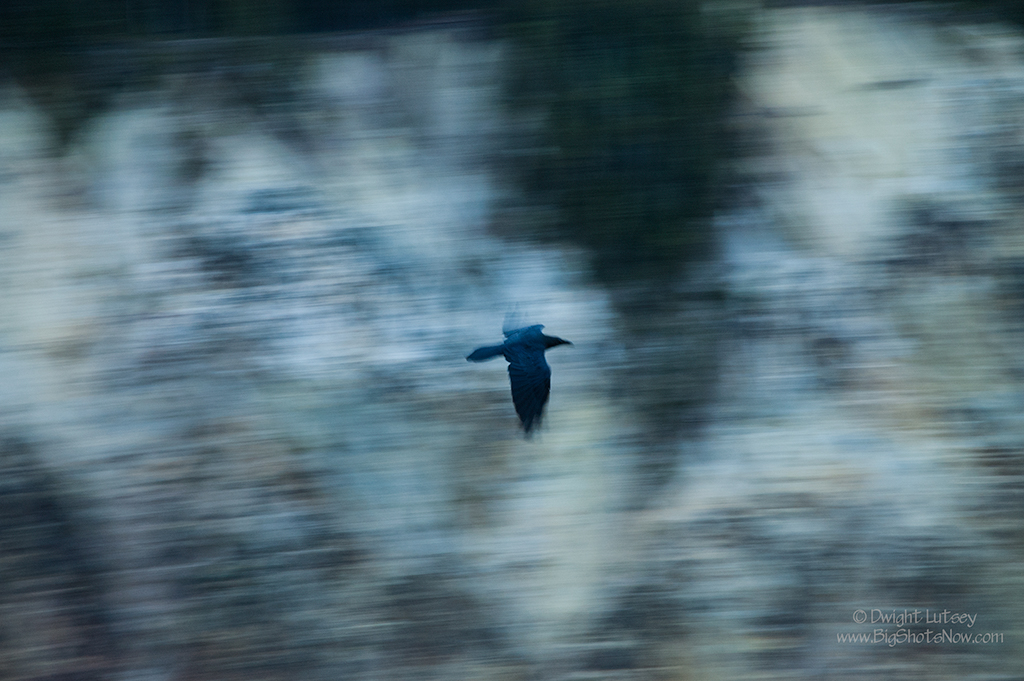
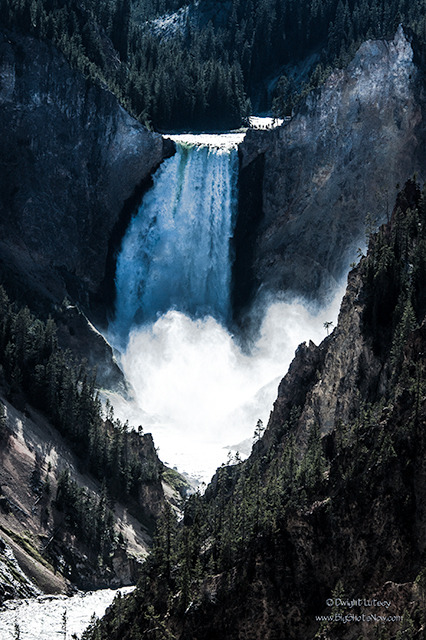
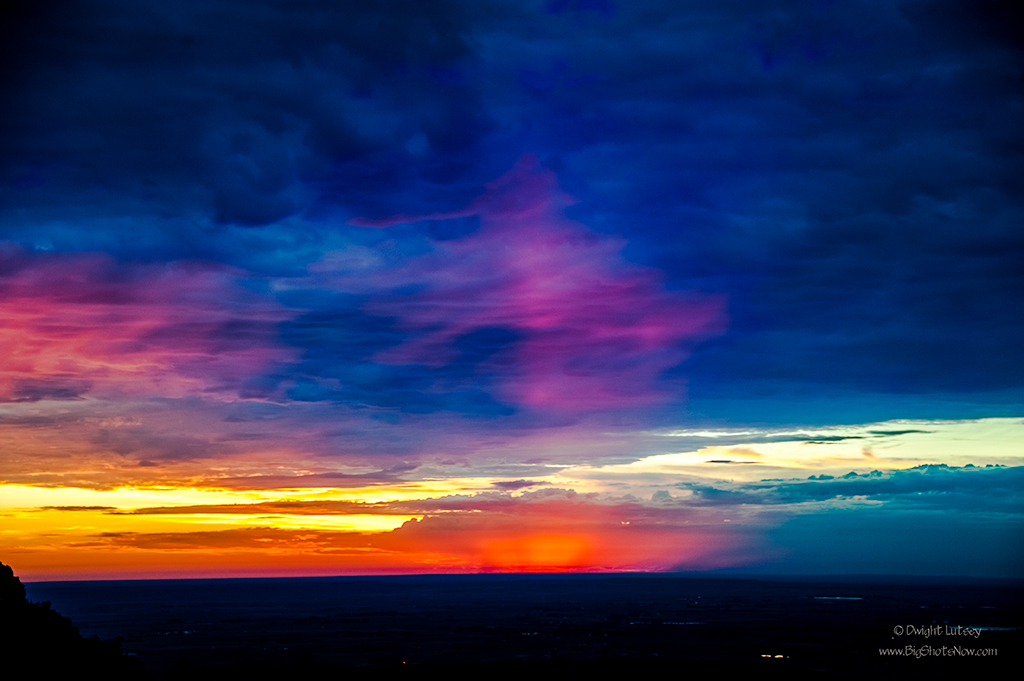
You must be logged in to post a comment.